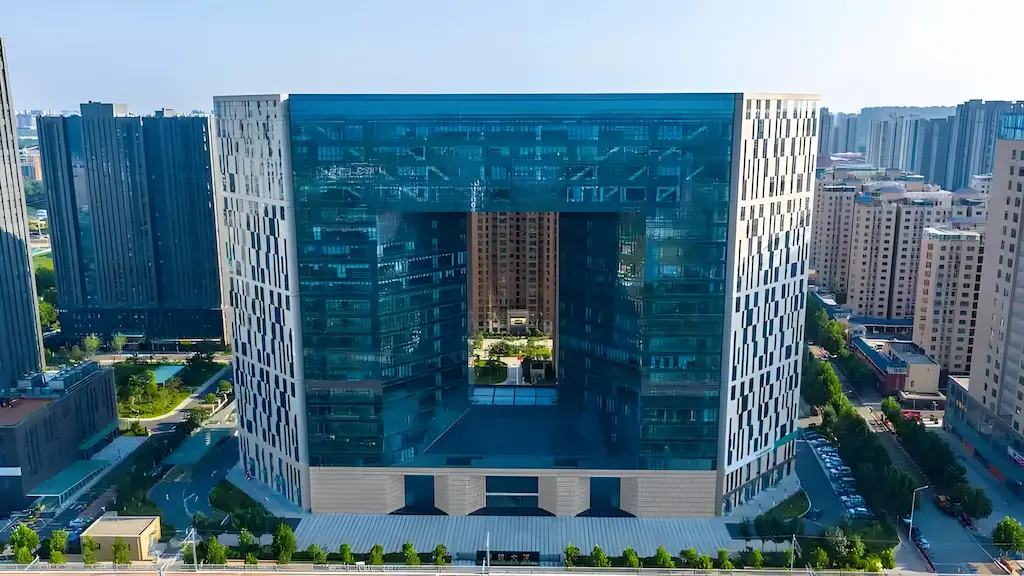Which is better, steel structure building or concrete building

RCC vs. Steel Structures: Which is Better for Your Construction Project?
When it comes to building construction, one of the most critical decisions you’ll face is choosing between Reinforced Cement Concrete (RCC) and steel structures. Both materials have their unique advantages and limitations, and the choice ultimately depends on your project’s specific requirements, budget, and long-term goals. In this comprehensive guide, we’ll explore the key differences between RCC and steel structures, their pros and cons, and help you determine which option is better suited for your construction needs.
Understanding RCC and Steel Structures
Before diving into the comparison, let’s first understand what RCC and steel structures are:
- Reinforced Cement Concrete (RCC): RCC is a composite material made of concrete (a mixture of cement, sand, and aggregates) reinforced with steel bars or mesh. It is widely used in residential, commercial, and industrial construction due to its strength, durability, and versatility.
- Steel Structures: Steel structures are built using steel columns, beams, and frames. Steel is known for its high strength-to-weight ratio, flexibility, and ability to withstand extreme conditions. It is commonly used in high-rise buildings, warehouses, bridges, and industrial facilities.
Key Factors to Compare RCC and Steel Structures
To determine which is better for your project, let’s compare RCC and steel structures based on several critical factors:
1. Strength and Durability
- RCC: RCC structures are highly durable and can last for decades with proper maintenance. They are resistant to fire, weathering, and corrosion (when properly designed). However, RCC is prone to cracking over time due to shrinkage or temperature changes.
- Steel: Steel structures are incredibly strong and can withstand heavy loads, making them ideal for high-rise buildings and large-span structures. Steel is also resistant to pests and rot. However, it is susceptible to corrosion if not properly treated or coated.
Winner: Steel structures have a slight edge due to their higher strength-to-weight ratio and resistance to pests.
2. Construction Speed
- RCC: RCC construction is time-consuming, as it involves curing concrete, which can take weeks to achieve full strength. This can delay project timelines.
- Steel: Steel structures are prefabricated off-site and assembled on-site, significantly reducing construction time. This makes steel an excellent choice for projects with tight deadlines.
Winner: Steel structures win hands-down for faster construction.
3. Cost
- RCC: RCC is generally more cost-effective for smaller projects, such as residential buildings, due to the lower cost of raw materials like cement and sand.
- Steel: Steel structures are more expensive upfront due to the higher cost of steel and fabrication. However, they can save money in the long run due to reduced maintenance and faster construction.
Winner: RCC is more economical for smaller projects, while steel offers better long-term value for larger or complex structures.
4. Design Flexibility
- RCC: RCC offers limited design flexibility due to the rigidity of concrete. It is challenging to modify or expand RCC structures after construction.
- Steel: Steel provides unparalleled design flexibility, allowing for open floor plans, large spans, and creative architectural designs. Steel structures can also be easily modified or expanded in the future.
Winner: Steel structures are the clear winner for design flexibility.
5. Environmental Impact
- RCC: Concrete production is energy-intensive and contributes to carbon emissions. However, RCC structures have a long lifespan, which can offset their environmental impact.
- Steel: Steel is 100% recyclable, making it an eco-friendly choice. Additionally, steel structures are lightweight, reducing the need for extensive foundations and minimizing environmental disruption.
Winner: Steel structures are more sustainable and environmentally friendly.
6. Maintenance
- RCC: RCC structures require regular maintenance to prevent cracking, leakage, and corrosion of reinforcement bars. Repairs can be costly and time-consuming.
- Steel: Steel structures require minimal maintenance, especially when treated with anti-corrosion coatings. Periodic inspections and touch-ups are usually sufficient to keep them in good condition.
Winner: Steel structures require less maintenance over their lifespan.
7. Seismic Resistance
- RCC: RCC structures are rigid and can perform poorly in seismic zones unless specifically designed for earthquake resistance.
- Steel: Steel structures are more flexible and can absorb seismic forces better, making them ideal for earthquake-prone areas.
Winner: Steel structures are superior for seismic resistance.
When to Choose RCC Structures
RCC structures are an excellent choice for:
- Residential buildings: RCC is cost-effective and provides the necessary strength and durability for homes.
- Small-scale projects: For projects with limited budgets, RCC is often the more economical option.
- Foundations: RCC is commonly used for foundations due to its stability and load-bearing capacity.
When to Choose Steel Structures
Steel structures are ideal for:
- High-rise buildings: Steel’s strength and lightweight properties make it perfect for tall structures.
- Industrial facilities: Steel structures can accommodate large spans and heavy machinery.
- Projects with tight deadlines: Steel’s prefabrication and quick assembly reduce construction time.
- Earthquake-prone areas: Steel’s flexibility makes it safer in seismic zones.
- Sustainable construction: Steel’s recyclability and energy efficiency align with green building practices.
Why Choose [Your Company Name] for Your Construction Needs?
At [Your Company Name], we specialize in delivering high-quality construction solutions tailored to your unique needs. Whether you’re considering RCC or steel structures, our team of experts will guide you through every step of the process, from design to completion. Here’s why you should choose us:
- Expertise: With years of experience in both RCC and steel construction, we have the knowledge and skills to deliver exceptional results.
- Quality Materials:We use only the best materials, ensuring your structure is built to last.
- Custom Solutions: We work closely with you to design a structure that meets your specific requirements and budget.
- Timely Delivery: Our efficient construction process ensures your project is completed on time and within budget.
- Sustainability: We prioritize eco-friendly practices and materials to minimize environmental impact.




